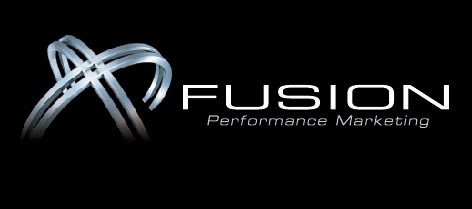
1) CAUTIOUS OPTIMISM – 4 out of 10 IRF participants say the economy has had a slightly positive impact on their ability to plan and implement non-cash incentive programs (incentive travel/merchandise rewards programs).
2) THE NEW ‘NORMAL’ - businesses are settling into lower levels of activity, i.e. less financial leverage, expanded role for government, new levels of transparency for investment vehicles and less US consumption.
3) GOING, GOING, GONE… GLOBAL – performance improvement and travel incentive companies must now think globally in terms of complete business opportunities. For instance, Google searches for “employee engagement” were 10 times higher in India than in the US, 5 times higher in Singapore and 4 times higher in South Africa.
4) INCREASING GOV’S INVOLVEMENT – All aspects of the incentive industry face greater government influence. Travel pressures, the Card Accountability, Responsibility and Disclosure Act and other similar initiatives have an increasingly constraining effect on businesses.
5) EXTRAVAGANCE VS. NECESSITY – 33% of IRF participants saw a switch from international to domestic travel and a reduction in the length of trips. Americans are redefining “necessity.”
6) EXPERIENCE OVER PRODUCT – over 40% say they expect individual travel will increase as a result in the change in preference to experiences over products. Experience has always played a valuable role in incentive travel, but now travel rewards must become more present in employee recognition programs and other merchandise incentives.
7) NON-CASH RECOGNITION ON THE RISE – less than 40% of companies worldwide will increase their variable pay for employees. There is now a strong interest in the use of non-financial motivators.
8) CHANGING SOCIAL INFLUENCERS – trends show a reprioritization of what is important to individuals, an increased focus on health and wellness and the environment are valued to most consumers. Incorporating elements of health and sustainability into programs will be crucial for the future.
9) COMMUNICATION = SOCIAL MEDIA – with 400 million people on Facebook by the end of 2009 and 86% of companies using social media; the world has evolved into a place where consumers trust what their social networks are saying, not companies. Integrating incentive technologies into one cohesive strategy will be key for successful incentive programs.
10) IT’S A VIRTUAL WORLD – over the next 10-15 years, virtual meetings could replace up to 70% of internal travel (to/from organization’s facilities) and 10% of external travel (trips to visit customers). Potentially reducing corporate travel spending by 21%.
11) GAMES HAVE NEW MEANING – the growth of computer games using token economies (points) will be explored for application to employee and channel motivation programs. Multiple organizations have already added games to their incentive programs; it will only be a short time before gaming in employee and channel rewards programs will be mainstream.
FUSION Performance Marketing always looks at what trends will be effecting the future of the incentive industry and capitalizes on new opportunities to grow your business based on these trends.
Reference: “Driving Our Future: The Top 11 Incentive Trends for 2011.” Incentive Research Foundation. February 2011. http://theirf.org/research/content/6031533/driving-our-future-the-top-11-incentive-trends-for-2011/









